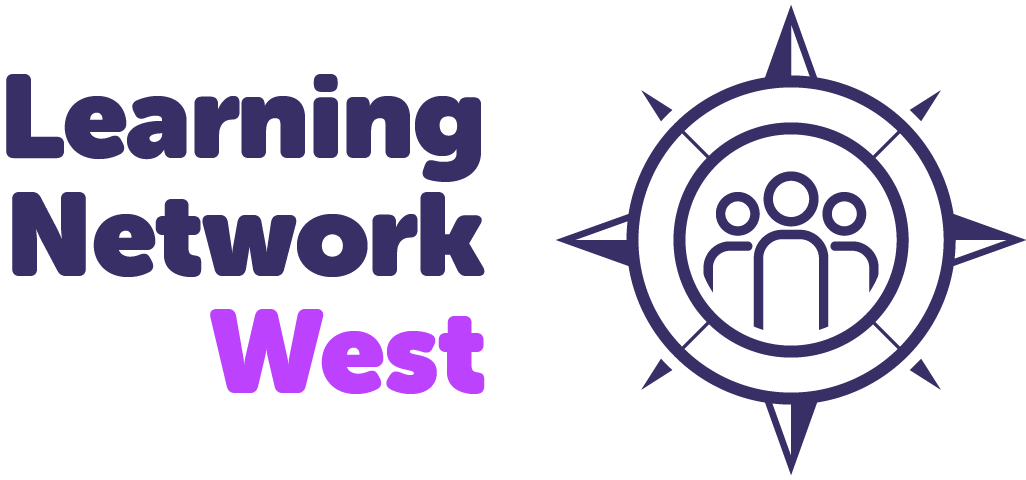A quick activity for students to help them reflect on and identify possible barriers to writing.
Six case studies developed to help practice educators and students and accurately assess the Standards in Social Work Education (SiSWE) in Scotland at successive stages in practice learning and Scottish Credit and Qualifications (SCQF) level, Written for the Scottish Social Services Council.
A selection of anonymised outline case summaries that can be used for simulations, role plays, reflective activities and group supervision sessions, for example
A template for learners to use to enter details of their work with individual service users. A useful supervision aid.
A template to enable learners and colleagues to elicit feedback on practice capabilities and the quality of support available to learners. Developed by Fiona Mossman at the Practice Development Unit, Stirling Council.
This activity uses the SMART (Specific, Measurable, Achievable, Realistic, Time-based) framework to help learners develop effective plans.
A framework adapted from Brown and Rutter's (2008) book: Critical Thinking for Social Work, Exeter, Learning Matters, to help students develop their reflective abilities.
Practice learning placements are profound experiences for students. Starting placement is daunting, regardless of the student's stage in their programme. This paper draws on change and transition theory, along with practice evidence, to understand some of the process issues facing students moving from academic to service settings. It then describes an introductory morning that has been developed to acknowledge these aspects and support the students' arrival in the agency.
This resource has potential applicability to communicating with quite a wide range of service users and carers.
Alison Minshall, who recommended it, said,
'I have also found that it can be useful to use this aid along with the VAK (Visual, Auditory, Kinaesthetic) model, to look at ways of improving communication where a service user has difficulty with the usual spoken model of assessment and…
